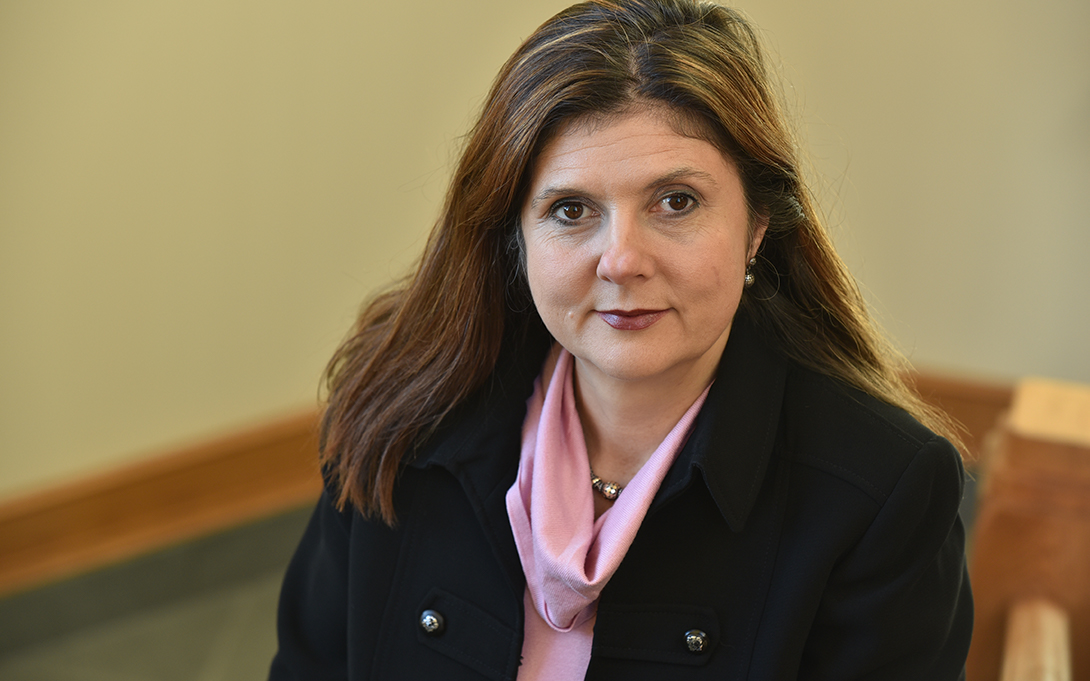
Men and women experience the labor market very differently. Betsey Stevenson, professor of public policy and economics, who studies those differences notes that women's roles as caregivers, and a lack of affordable childcare or paid leave, are major factors.
"Most of us are caregivers for most of our lives, either to children or older adults, or somebody who needs our help. How much of our help they need waxes and wanes over our lifetime. Unfortunately, when it waxes, some people are forced out of the labor market," Stevenson said as a panelist for the Center for American Progress. "We don’t have a labor market that’s very forgiving that allows people to enter and exit easily. From a societal perspective, a system that allows us to take paid leave will help people stay attached to their jobs, which will help us be more productive as a nation."
While a new report shows that younger women have closed the pay gap or are outpacing their male counterparts in nearly two dozen U.S. metropolitan areas, Stevenson told The Washington Post that men and women start more or less on an even footing but wage disparities widen over time.
"The older a woman is, the more time she has had to have been passed up for a promotion, to have gotten a slighter smaller raise compared to an equivalent male colleague, or to have made a career sacrifice for her family," she said.
View the items featuring Stevenson:
- The Costs of Being a Woman, Center for American Progress, March 28, 2022
- Younger women now earn at least as much or more than men in 22 metro areas, Washington Post, March 28, 2022
